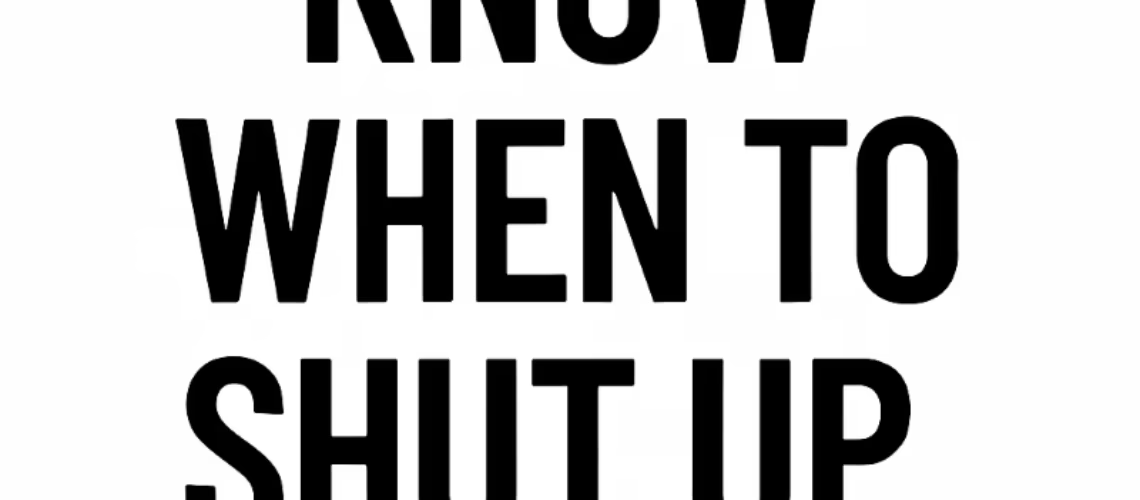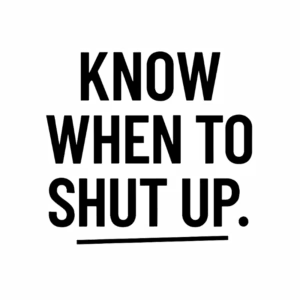I joined a demo session earlier this week. The account executive and the solution engineer were doing a good job. Solid preparation, a clear storyline, and good engagement with the customer.
The SE focused on the right use cases. The AE asked check-in questions to confirm that what was being shown actually solved the customer’s problem. You could tell it resonated. The customer was leaning in, asking follow-up questions, and connecting the dots to their own situation.
After about 40 minutes, the moment everyone hopes for happened. The customer was clearly on board. They had bought into the solution. Their energy was high, they were excited, and they had mentally said yes.
That is when the demo should have ended.
But it didn’t.
Instead of using that momentum, the SE moved on to the next section of the demo. Another feature. Another workflow. Another fifteen slides.
And just like that, the energy dropped. You could feel it. The customer leaned back. The active engagement stopped. They were still listening, but the spark was gone.
The SE didn’t do anything wrong, technically. It was all part of the planned agenda. There were still 20 minutes left on the calendar. But the timing was off. The moment had passed.
This happens a lot. People stick to the script even when the customer has already said what matters most: this solves our problem.
That’s when you need to stop talking.
You don’t need to show every feature. You don’t need to fill every minute of the meeting. You especially don’t need to risk losing momentum just to stick to a plan that no longer serves the conversation.
Instead, use that moment. Shift from presentation to discussion. Ask about what would happen next on their side. Confirm what they saw matched their expectations. Align on next steps.
Or simply say, “Seems like this landed well. We’re happy to wrap a few minutes early unless there’s something else you’d like to see.”
That kind of awareness builds trust. It shows you’re not just demoing software. You’re guiding a decision.
Knowing when to stop is a core skill in presales. It requires confidence. It requires you to actually listen and observe. And sometimes, it means letting go of the agenda.
So next time the energy is high and the customer is clearly convinced, don’t waste that moment.
Protect it. Use it.
And know when to shut up.





